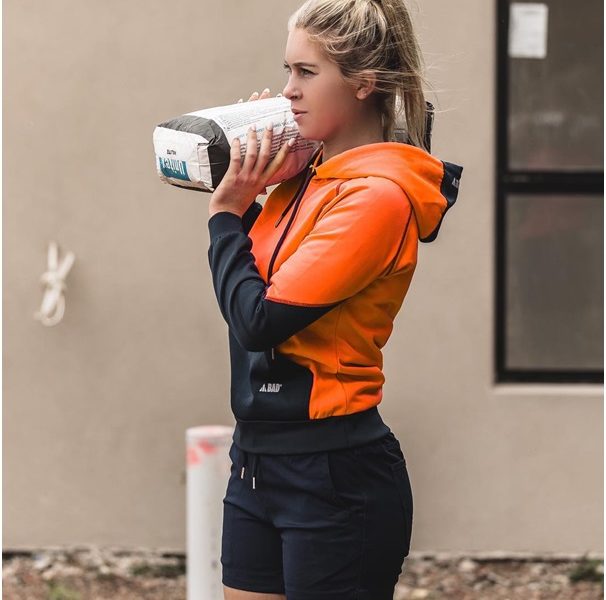Participation by women in trades and manual jobs is slowly but surely increasing in Australia. And that’s a great outcome for a whole range of reasons.
First, Australia is experiencing a serious skills shortage, particularly in trades. With more than 50 per cent of the population female, there’s no good reason that less than 5 per cent of tradespeople are female. More women participating in trades is great for the Australian economy.
And women bring skills and capabilities to workplaces that can substantially improve the way things are done. Anecdotally, at least workplaces with more women have improved safety statistics, often plant and equipment is better looked after and work quality is higher. It appears that women are generally less likely to take workplace risks and are more cautious and careful in their approach to trades work.
Of course, there are, unfortunately, serious barriers to female participation in trades. Much of that comes from outdated and paternalistic views about women’s capacity to do trade work. And there are some workplaces and trades where behaviours are unacceptable and disrespectful to women – although this is hopefully changing. One successful, female professional builder and business owner has adopted a ‘no dickhead policy’ deliberately to eliminate that kind of behavior from her workplace and says that even her male employees and subbies like the culture.
One of the challenges that women have faced in trades is getting access to good quality workwear that is tailored to female body shapes, is comfortable and is safe.
There are a number of important reasons why properly fitting women’s workwear is important.
The most critical of these is safety. Clothing manufactured for a male body won’t fit a woman’s body properly. Properly fitting trade clothing is part of a worker’s PPE. If it’s loose and ill-fitting there is a real chance that it could result in an injury.
Similarly, comfort is an essential consideration – if a woman’s work clothes aren’t designed to fit her body, they simply won’t function properly.
Finally, there is the need to look professional. Women tradies want and need to be taken as seriously as their male counterparts and it’s hard to be taken seriously if your clothes don’t fit you properly.
And that can make a real difference. The ABC reported recently reported on Tiffany Atkinson – a carpenter who runs a business in Orange, New South Wales. Tiffany built her successful business brand on being known as “the chick in pink”.
Trades are an excellent option for women and with Australia’s trade skills shortage, female participation should be further encouraged. And women in trades should expect to be able to purchase and wear work clothing that is comfortable, fitting, safe and looks good.













